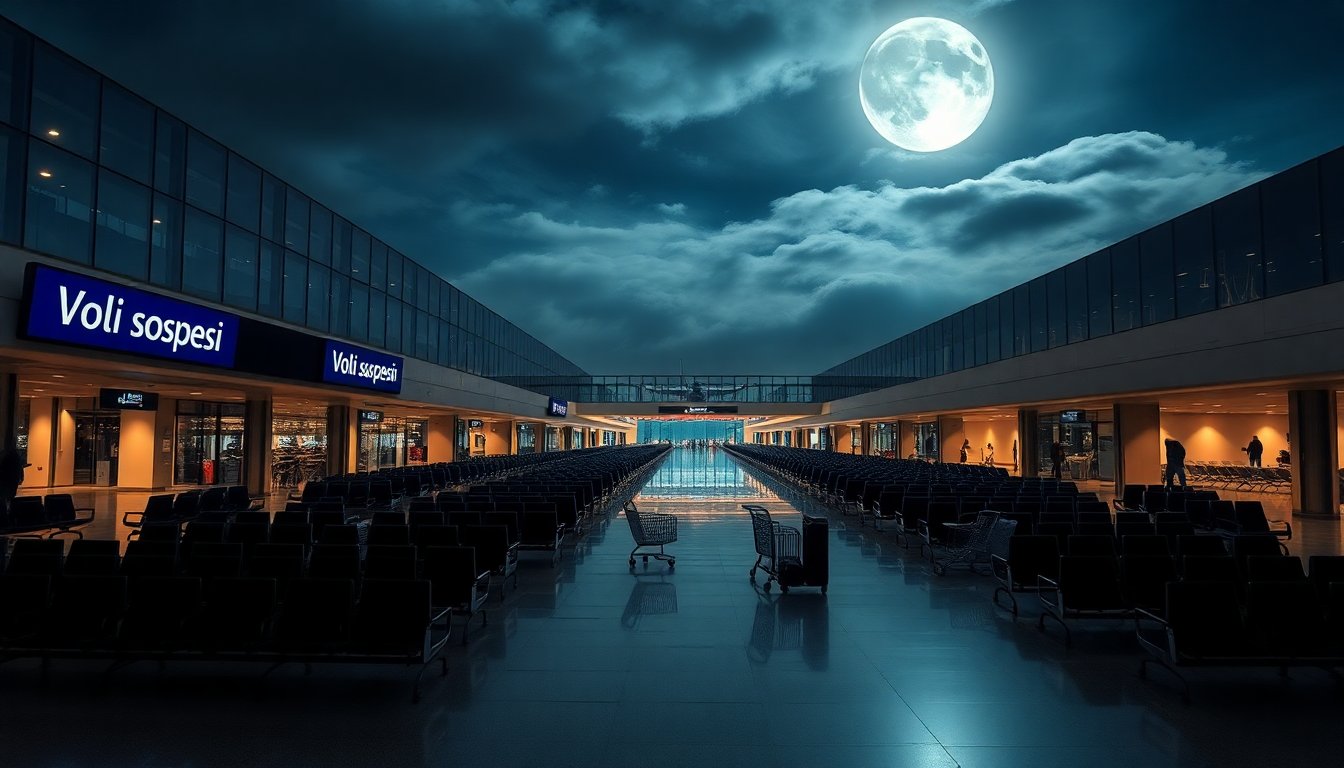Table of Contents
Munich Airport recently experienced a state of alert due to reports of drone activity within European airspace. This situation prompted the airport to suspend all flights overnight, raising significant concerns about safety and security in the region. As tensions escalate in NATO airspace, the implications of such drone sightings are noteworthy.
The overnight closure was a precautionary measure by airport authorities to ensure the safety of both passengers and crew. As drone technology becomes more advanced and accessible, the aviation sector faces increased challenges in adapting to these emerging threats. However, flights resumed early the following morning, allowing travelers to continue their journeys.
Impact of drone sightings on air travel
Drone sightings are a growing concern for airports worldwide. The incident at Munich Airport underscores broader challenges facing the aviation industry, particularly regarding the risks associated with unmanned aerial vehicles. Such aircraft can disrupt operations and pose safety hazards, prompting immediate action from authorities.
Understanding the threat
The rise of drone technology has led to increased usage for recreational and commercial purposes. However, their presence in restricted airspace creates significant risks. The sighting of drones near Munich Airport raised alarms about their proximity to commercial air traffic, which directly led to the temporary suspension of flights.
Safety protocols in aviation are strictly enforced, and any potential threat—real or perceived—must be taken seriously. Consequently, the airport decided to halt operations until it could ensure the safety of all flights.
Response and recovery efforts
In response to these challenges, airport authorities and regulatory bodies must collaborate to implement strategies that mitigate risks associated with drones.
After the temporary suspension, Munich Airport quickly resumed operations, demonstrating its commitment to maintaining high safety standards. This rapid recovery reflects the airport’s capacity to effectively handle emergency situations.
Collaboration with authorities
Addressing drone sightings in controlled airspace requires collaboration between airports, law enforcement, and aviation authorities.
Such partnerships can lead to the development of more comprehensive surveillance systems and enforcement protocols. These measures aim to deter unauthorized drone flights and ensure the safety of air travel.
The situation at Munich Airport highlights the need to enhance public awareness regarding drone regulations. Informing drone operators about the implications of flying in restricted areas can help reduce the likelihood of future incidents.
The future of aviation safety
As the aviation industry evolves, its approaches to safety must also adapt. The drone incident at Munich Airport emphasizes the importance of responding to new technologies and potential threats. Ongoing training for airport personnel and investment in advanced monitoring systems are essential for effectively managing similar situations in the future.
This incident has sparked discussions about balancing the benefits of drone technology with the need for stringent safety measures in aviation. By fostering cooperation and vigilance, the industry can work towards minimizing risks while embracing innovation.





